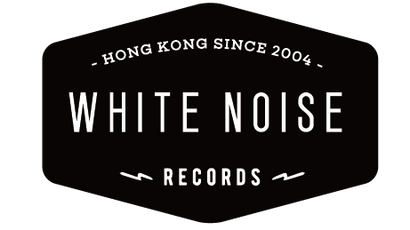“Members of the dispossessed, won’t you lend me your ears!”
This is the repeated call and the rallying chorus of the nearly 40-minute centerpiece to composer and percussionist Asher Gamedze’s new album Constitution. The expansive double album, a minoritarian fellowship in breath, is Gamedze’s follow-up to 2023’s Turbulence and Pulse (IARC0057/M3H013), and his first with The Black Lungs, a ten-piece ensemble. The album – recorded in one day at Cape Town’s Sound and Motion Studios – is an elaboration of the possibilities of autonomous constitution in and through polyrhythmic, modal, large ensemble music.
Gamedze holds down duties on the drum kit, joining with Ru Slayen (percussion), Sean Sanby (bass), and Nobuhle Ashanti (piano) breathing together to cohere in what would otherwise be called a rhythm section. The ensemble is expanded by more breath - horns and voices. Tumi Pheko (cornet), Garth Erasmus (alto saxophone), Jed Petersen (tenor saxophone), Tina Mene (vocals), Athi Ngcaba (trombone) and Fred Moten (words) collectively explore and deconstruct the conceptual, tonal and atonal possibilities of themes which are at once of old and new dreams - curious and instantiative, melancholic and emergent.
As Moten puts it, “this polyrhythmic but also always polyphonic critical joining – this re-assemblage of ensemble, this loving violation – lets the nightmares of individuation all unravel.” The Black Lungs join a tradition of sound, struggle and thought that is constituted by this very process of unraveling the isolating questions of isolated philosophers: “Is Socrates happy?”; “Does the dialectician have a sound?” On Constitution, the power of the question, the possibility of an improvised answer and the celebration of being together exists not in the solo but in the group, the ensemble.
This is a theme present not just throughout Constitution, but in all of Gamedze’s work. “The ensemble experience of study and struggle is the basis of my thought and everything I try to do in this mad world,” he says in the album’s liner notes. Further situating the sound and the impulse of the ensemble within the multitudinous terrains of the historical and ongoing struggles of the dispossessed, he explains that “The Black Lungs is inspired by the revolutionary thought and practice of the Black Consciousness Movement. In particular, the relationship between antagonism – constituting a united front of all the oppressed against white supremacy and racial capitalism – and the possibilities for resistance and elaboration - the creative militant capacities of those assembled – enabled and unleashed by that process of constitution.”




